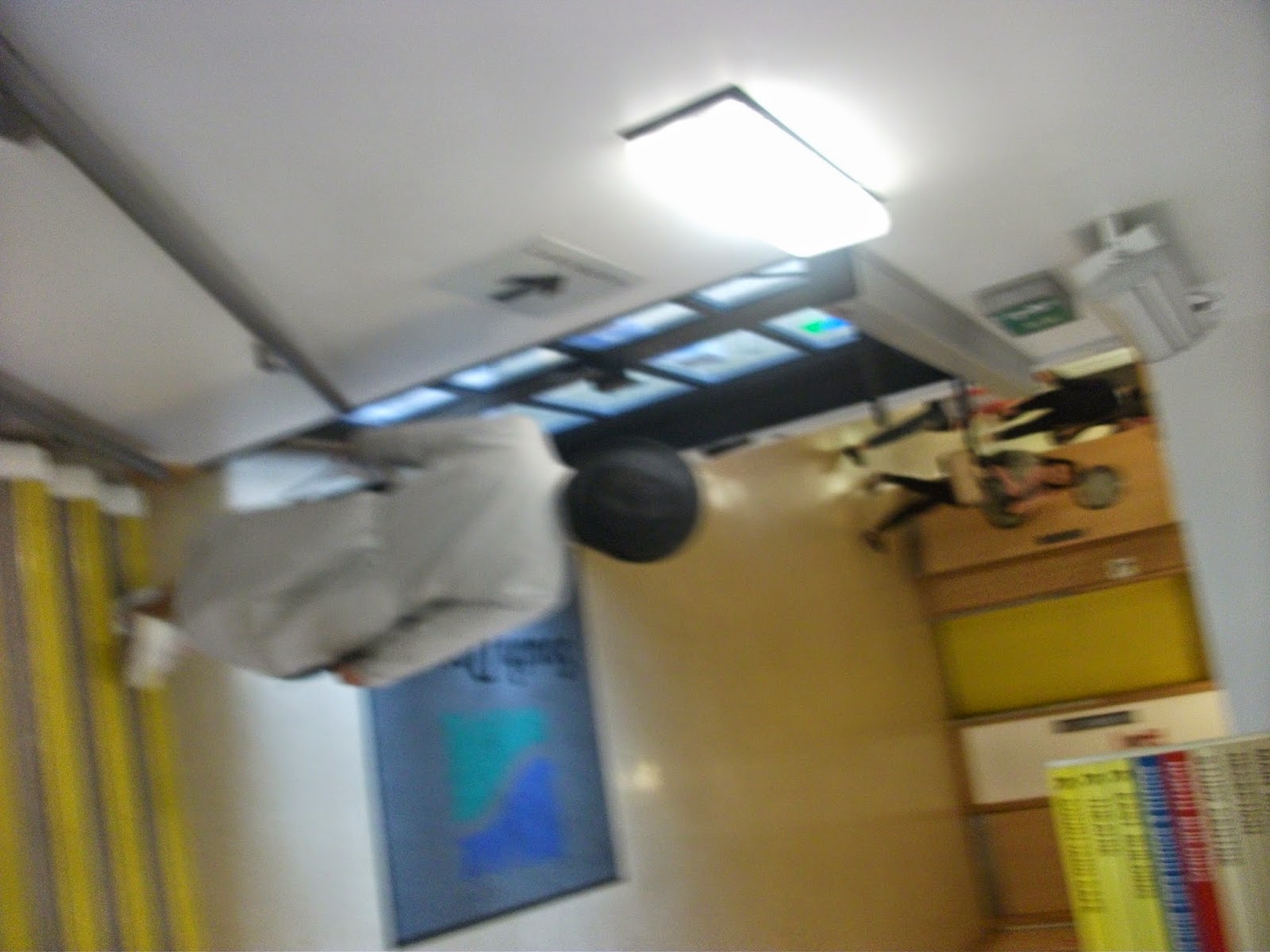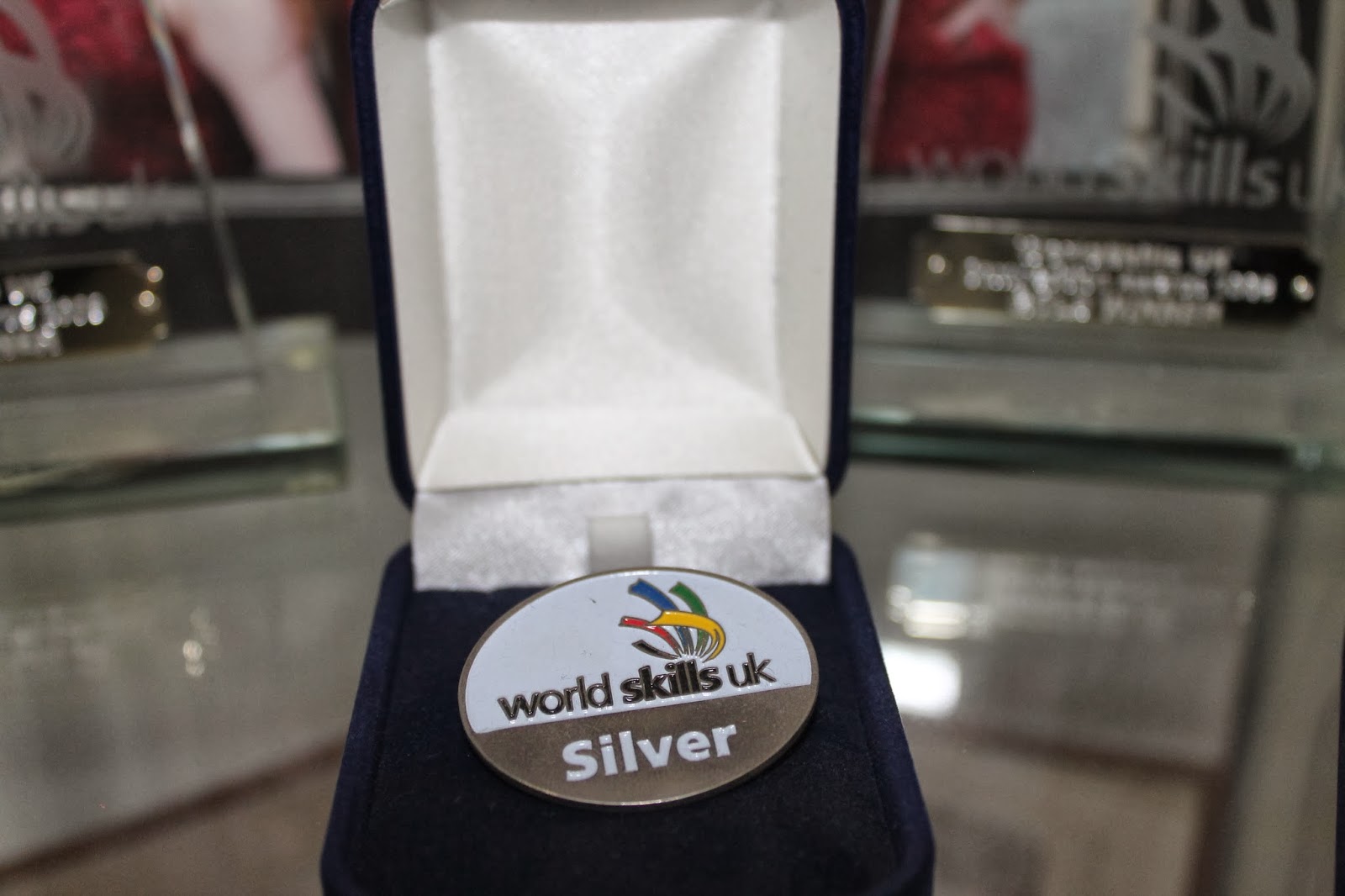Evaluation
For my assignment for street photography, I had to go out to
Old Portsmouth and take photos of Juxtaposition which is when the act or
placement of two things (usually abstract concepts) near each other. I try to
make my images as professional as possible by keeping to the rules by making
sure I don’t take pictures of children and if faces where in the images I made
sure that I had asked their permission if I am able to use that image. I made
sure that I also used my rule of third to get a good picture, this is a
important compositional element and leading lines are placed on or near the
imaginary lines and where the lines intersect.
 The only thing I struggled with
was trying to find the perfect places to take the images. It was a sunny day therefore;
the sun bounced off a lot of objects and kept getting in the way. Also, trying
to find the things where Juxtaposition applied was not easy, especially as I
tried not to get other people in the pictures, as I know they would not approve
of it. Most things did go to plan, however some of the images I really liked I
could not use as the pedestrians did not approve of the photos being used in a
college project. However, other than that the photos turned out well and I am
happy with it. The only thing I would change for next time is to write out a
permission form for me to hand out to explain the situation.
The only thing I struggled with
was trying to find the perfect places to take the images. It was a sunny day therefore;
the sun bounced off a lot of objects and kept getting in the way. Also, trying
to find the things where Juxtaposition applied was not easy, especially as I
tried not to get other people in the pictures, as I know they would not approve
of it. Most things did go to plan, however some of the images I really liked I
could not use as the pedestrians did not approve of the photos being used in a
college project. However, other than that the photos turned out well and I am
happy with it. The only thing I would change for next time is to write out a
permission form for me to hand out to explain the situation.
I found it slightly difficult as it was something I had to stay on the look for and make sure that I didn't get people in the image, just incase they wouldn't like it. The images came out nice, but I feel that if a had a nicer camera with a better focus the photos would have came out nicer.
However, I am happy with the way the pictures came out as they are a professional quality. They have many different techniques within them.





























